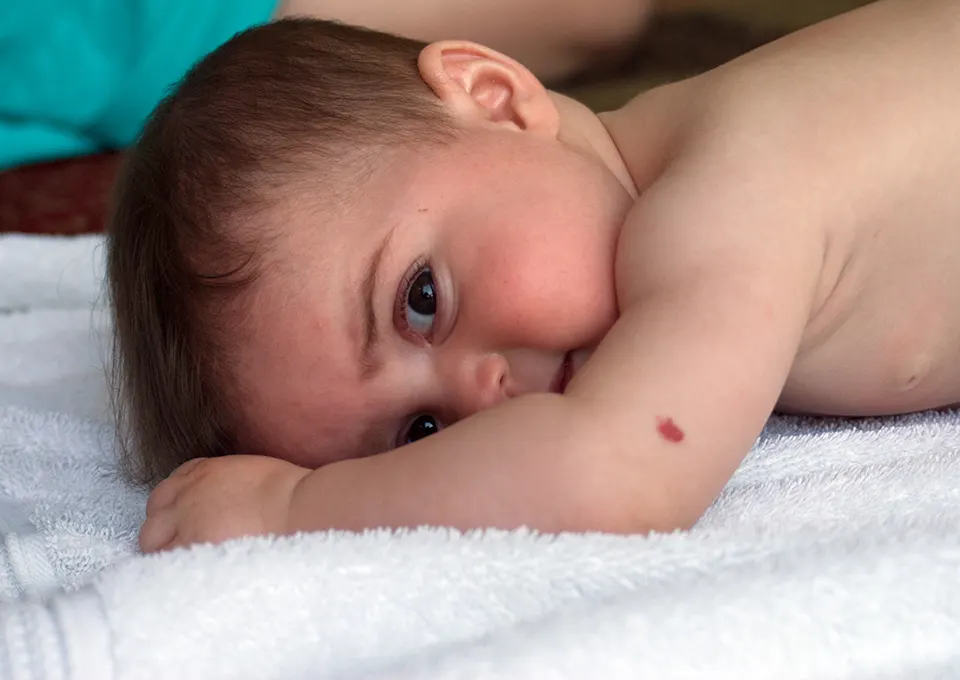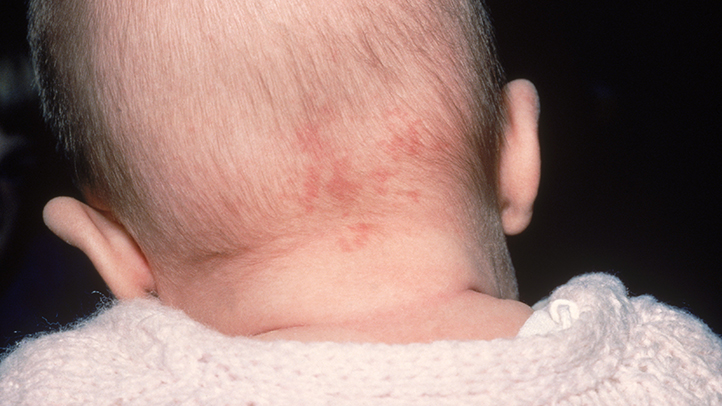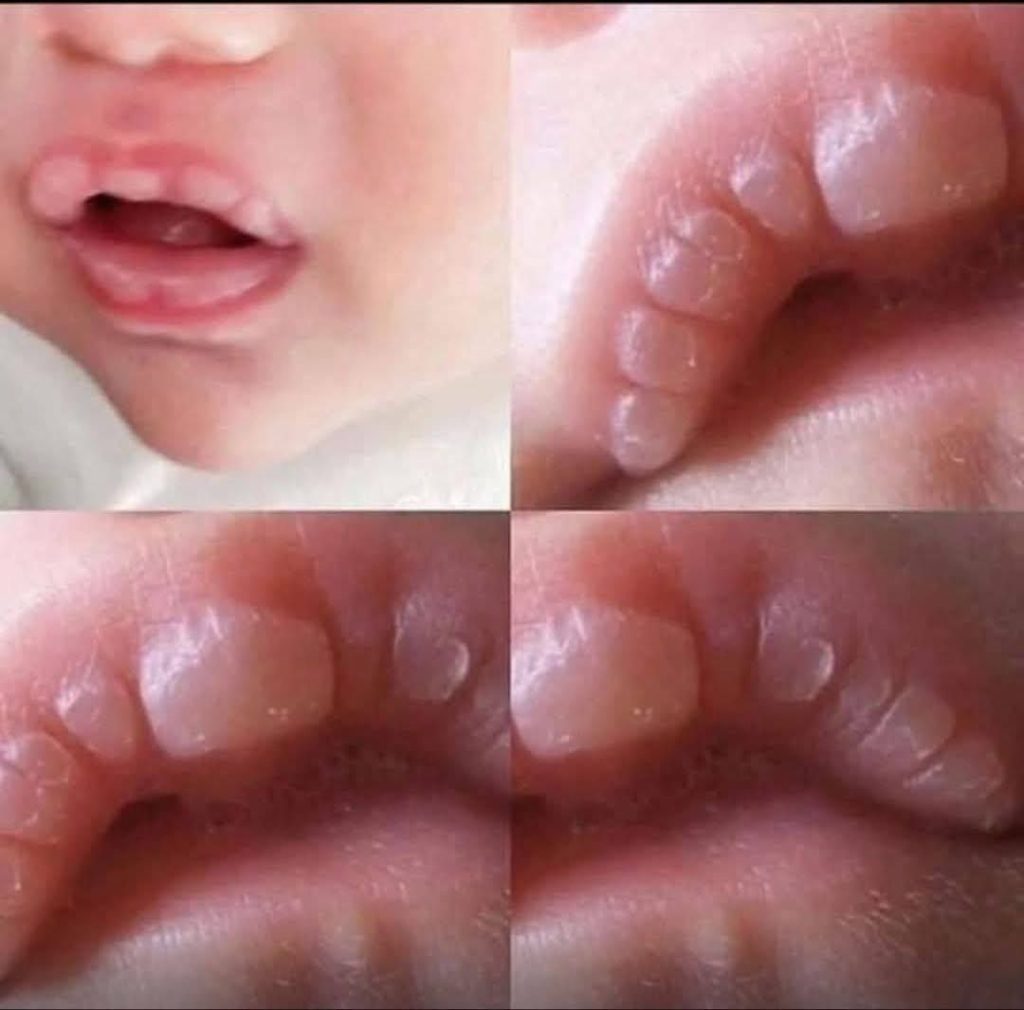Sometimes, you might notice new moles, dark spots, or rough patches on your skin that weren’t there before. Most of the time, they’re harmless. But in some cases, they could be early signs of skin cancer – a serious condition that affects millions of people around the world every year. The good news? Spotting skin cancer early can save lives.
Why It’s So Important to Catch Skin Cancer Early
Melanoma, the most dangerous kind of skin cancer, can spread fast if it’s not treated. But if it’s found early, treatment works much better. Doctors recommend checking your skin regularly to catch anything unusual before it gets worse.
Skin cancers don’t all look the same, but learning what’s normal for your body and spotting any changes can help you find problems early.

3 Common Types of Skin Cancer
1. Basal Cell Carcinoma (BCC)

This is the most common kind of skin cancer.
What it looks like:
- Usually shows up on areas exposed to the sun like your face, neck, ears, and shoulders.
- Might look like a shiny bump or a patch that’s flat and scaly.
- Sometimes it bleeds, crusts over, or doesn’t heal.
2. Squamous Cell Carcinoma (SCC)
This is the second most common skin cancer. It can grow faster than BCC.
What to look for:
- Often shows up on sun-damaged skin – face, hands, ears, or scalp.
- Looks like a red, thick, scaly patch or bump.
- It might bleed, itch, or feel sore.
Note: SCC can spread if not treated, especially in older people or those with light skin. Early treatment usually works very well.
3. Melanoma
This one is less common but much more serious.
- A new mole or a change in an old one.
- May have uneven shapes, weird borders, and different colors like brown, black, red, blue, or even white.
- Can show up anywhere on your body – even places the sun doesn’t touch.
- Might itch, bleed, or look shiny.
Use the ABCDE rule to check moles:
- Asymmetry: One half doesn’t match the other.
- Border: Edges look uneven or blurry.
- Color: Several colors in one spot.
- Diameter: Bigger than 6mm (about the size of a pencil eraser).
- Evolving: It’s changing in size, shape, or color.

Nodular Melanoma – A Faster Threat
This is a fast-growing kind of melanoma.
It may look like:
- A firm bump that grows quickly
- Often dark in color (but not always)
- Might bleed or form a sore
This type makes up about 15% of all melanomas and tends to be caught later, so it’s important to act fast.
Check Your Skin Every Month

You are your first line of defense.
Here’s how to check:
- Use a full-length mirror and a hand mirror for hard-to-see spots (like your back).
- Look at your whole body – including your scalp, between your toes, and the soles of your feet.
- Take pictures of moles or marks so you can see if they change.
- If you have light skin, have had sunburns, used tanning beds, or have a family history of skin cancer, you’re more at risk – check regularly and see a dermatologist every year.
How to Protect Your Skin

You can’t prevent every case of skin cancer, but you can lower your risk by:
- Wearing sunscreen every day (SPF 30 or higher)
- Staying out of tanning beds
- Wearing hats, sunglasses, and long sleeves when out in the sun
- Avoiding the sun from 10 a.m. to 4 p.m.
- Teaching your family to do skin checks, too
Using sunscreen daily can cut your chances of getting some skin cancers by nearly half!
When to Call a Doctor

Get checked if you notice:
- A spot that looks different from others
- A mole or sore that’s changing, itching, or bleeding
- A wound that won’t heal
Doctors usually do a biopsy (a small skin sample) to find out if it’s cancer.
Final Thoughts: Be Aware and Take Action
Skin cancer is common but treatable—especially if you catch it early. Regular skin checks, sun protection, and seeing a doctor when something changes can make all the difference.
The earlier it’s found, the better your chances.
In fact, if melanoma is caught early, survival rates are over 99%.
